Something tells me this isn’t going to be your average wine tasting. The conical flask and measuring cylinder would look more at home in a science lab, while a stack of coloured pens and crayons sit beside some unlabelled bottles. It’s laid out on the sunny terrace of Taboadella, a vineyard in Portugal’s Dão region.
Come to think of it, the winery doesn’t look very conventional either, with its concertina rooftop and cork-tiled exterior. Inside, a wooden ‘barrel top walkway’ gives a birds-eye view over the cellar. Then head winemaker Rodrigo Costa rocks up in a bright red, refurbished Bedford truck and all becomes clear: “Today, you’re going to be the winemaker,” he grins.
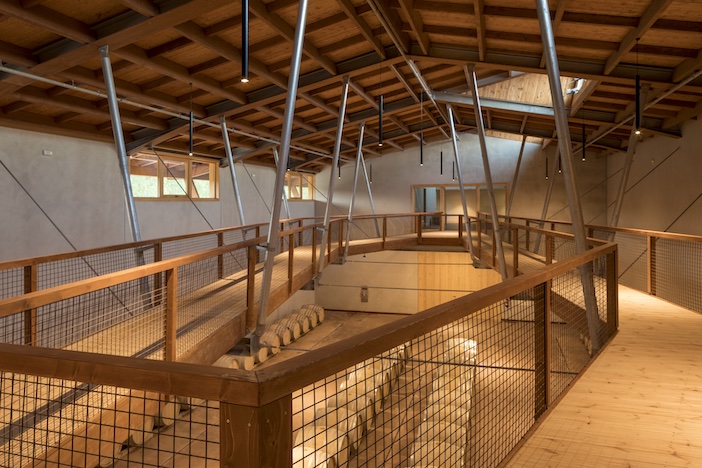
Portugal is home to more than 250 indigenous grape varieties, the highest number of any country in the world per square kilometre. Instead of the usual suspects like sauvignons and chardonnay, less familiar names such as Malvasia Final, Bical and Encruzado appear on bottles of local white. For reds, Touriga Nacional is the star of the show, creating intense, tannic wines brimming with black fruits and pepper. “This grape will give your blend body,” Rodrigo advises, handing over the measuring equipment.
“The Alfrocheiro grape brings delicacy, acidity and brighter red berry notes, more like a pinot noir,” he continues, while Jaen tends to be gentle and silky. “It’s like being one of those Swiss watchmakers, making tiny adjustments to fine-tune your product.” My first attempt is no vintage Rolex but pleasantly a zippy mouthful of forest fruits and a hint of herbs. After an hour playing around with the three monovarietals in various ratios, my final blend receives a heartier endorsement from Rodrigo: “This is a wine to curl up with while reading a book on an autumn evening.”
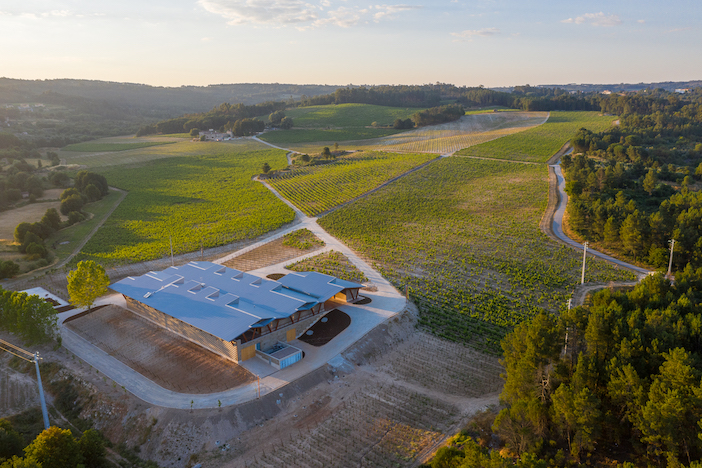
Dão might just be the finest winemaking region you’ve never heard of. Located in central Portugal’s relatively high-altitude interior, its gentle slopes are sheltered from the Atlantic winds by pine-forested mountains. The granite soil sparkles with fine shards of quartz in the spring sunshine. “It’s a sweet spot for growing vines,” says Rodrigo. “Our elevation and temperate climate give an amazing freshness and balanced acidity to the wines.” Their subtlety and finesse have led some sommeliers to dub this the ‘Burgundy of Portugal’. And despite being small, “Dão’s remarkably diverse,” Rodrigo adds, “home to seven micro-terroirs.”
It is, in fact, one of the oldest established wine regions of Portugal, demarcated in 1908. Stretching further back still, Roman-era grape presses and ruins have been unearthed on the Tabodella estate. However, restrictions imposed during Salazar’s dictatorship forced growers to function as cooperatives until 1979, meaning production stagnated. Even today, smaller, uncommercialised plots, tucked between vegetable patches inside private gardens, are the regional norm. The average vineyard size is less than half a hectare. As Ana Pereira, Taboadella’s director of marketing and communication, tells me: “Dão is what Douro was 25 years ago.”
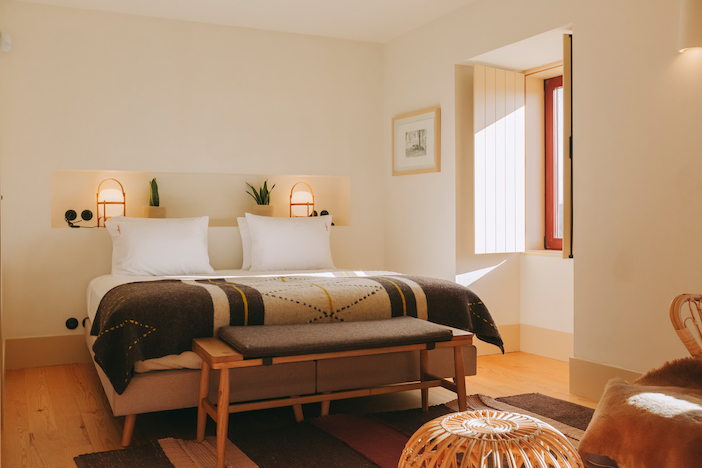
Change is afoot, though, as new investors and eno-tourism ventures emerge. Across the vines from Taboadella’s tasting rooms is the peach-coloured façade of Casa Villae 1255, Dão’s first Relais & Châteaux property. With eight en-suite guest rooms (one of which is a kid-friendly bunkbed set up), a state-of-the-art kitchen and huge couches surrounding log-burning fireplace, it’s primarily a private villa rental, although on some weekends individual rooms can be booked. Décor is simple yet super polished, centring on local crafts and tactile raw materials – Cobertor de Papa wool blankets, sheepskin, stone and leather.
It’s the brainchild of Luisa Amorim, fourth generation of a major cork-producing dynasty. To fully appreciate Dão’s distinctive terroir, drive two hours north to another of Amorim’s properties, Quinta Nova de Nossa Senhora do Carmo. Here is a study in contrasts. The forested, temperate hills surrounding Taboadella start to soar and plunge into the steep, sun-drenched terraces of the Douro Valley. I’m visiting in April, when the twisting, precipitous roads are fragranced by esteva flowers, and the landscape takes on the colours of a Portuguese flag: wild poppies and gorse against new greenery. But temperatures routinely top 30C in midsummer. Quinta Nova’s hardy, deep-rooted old-growth vines are well adapted to hot dry conditions. And the resulting wines are more concentrated than Taboadella’s.
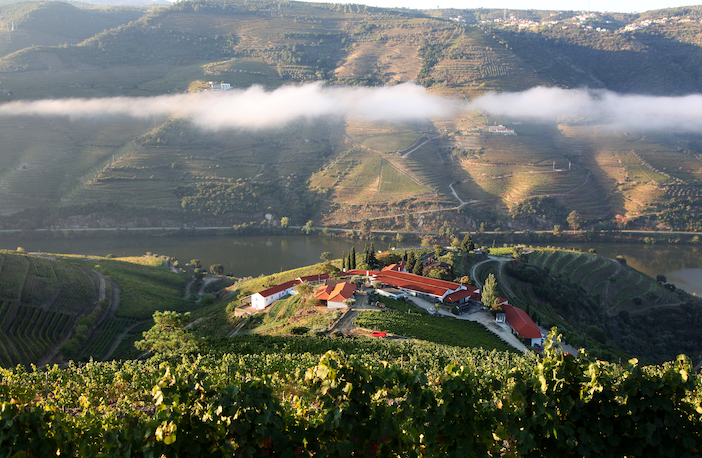
Far from being an up-and-comer, this hilltop estate is celebrating its 260th anniversary this year. A series of terracotta-roofed, whitewashed buildings are spread around a panoramic courtyard shaded with olive and cypress trees. Besides 11 guest rooms inside the original mansion house, there’s a chapel and museum, the latter filled with centuries-old winemaking artefacts, from an ox cart used to carry harvested grapes to the drums the beat out the pace of foot-stomping the fruit.
Yet despite its venerable heritage, Quinta Nova’s not stuck in the past. It was ahead of the curve in branching out from port wine production, anticipating consumers’ shifting preference for drier, lighter styles. The first red wine was released in 2005 and now its repertoire ranges from a crisp, pale rosé to citrus and Blanc de Noir Reserve, a white made from black grapes, delicate with stone fruit and citrus notes.
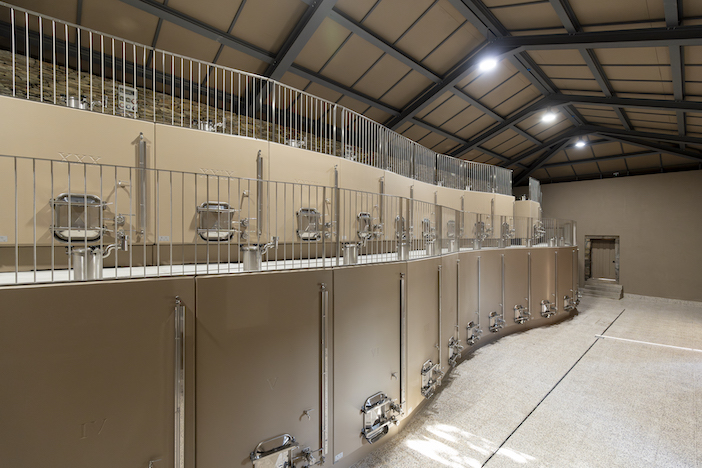
Tastings of all these and more can take place in its sleekly designed winery – notice how those tiered, undulating steel tanks echo the terraced vineyards outside – or on a river cruise aboard Senhora do Carmo, a refurbished 1971 English trawler, or as pairings with the hyperlocal, seasonal menu (think: smoked river trout with Quinta Nova oranges; Trás-os-Montes cuscus with foraged mushrooms and truffle) in hotel restaurant Terraçu.
Back at Taboadella, Rodrigo invites me to design a label for my blend. Thinking of his description, “a wine to curl up with while reading a book on an autumn evening,” I christen it ‘Library Wine’, sketching the name and an open book logo in burgundy crayon. Pleased with my handiwork, I pull down the lever of the corking machine, smooth down the label and cradle the bottle in my arms as the Bedford truck bounces back through the vineyard to Casa Villae. When the nights start drawing in, I’ll pour out the deep red liquid, settle down with a novel and think back to this unsung swathe of Portugal.
For more information about visits, tasting experiences or stays, visit www.quintanova.com and www.taboadella.com.




